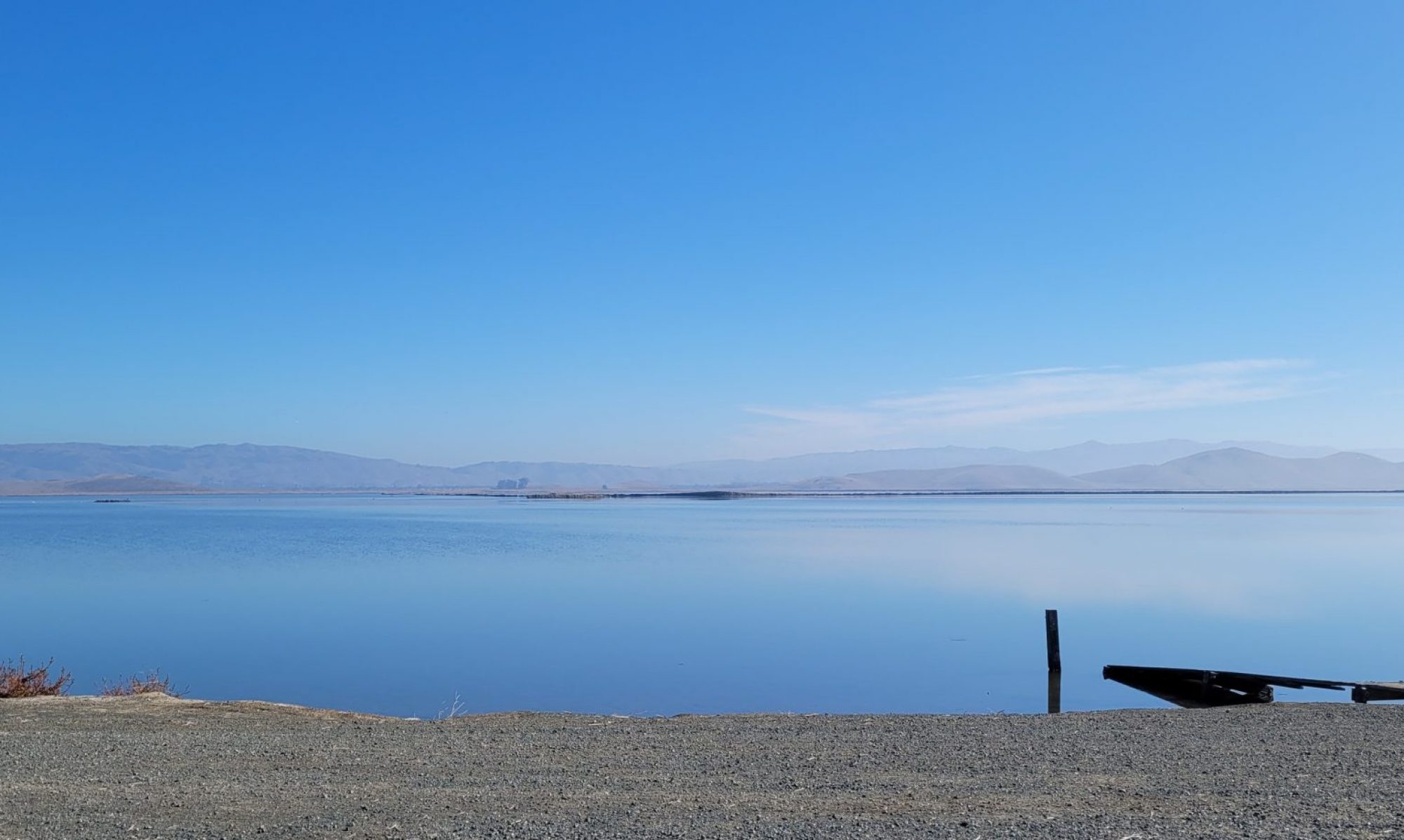
Combine the histories and myths of Daedalus, Da Vinci, Archimedes, and St. Joseph into a single person. Now give that guy a wife, one who has learned some practical science from her husband. She invents the umbrella. Sort of.
The umbrella, a device used as a sun shade or rain cover, dates back to almost 3000 BCE. Since the ancient cultures that we know most cluster around the Mediterranean, the primary use of umbrella-like instruments was as fans or canopies to protect mainly the royals, and later the wealthy and aristocratic. Thus, the umbrella in the most ancient sense, was a status symbol.
But the other form of umbrella we modern people know is the collapsible kind–that is, those of us who experience rain in the north (or extreme south). Collapsible umbrellas, invented somewhere between 600 BCE and 50 CE in China, were also more symbolic than functional, at least according to art left behind. The Chinese led the world in innovative designs of the umbrella. Europeans came to know the designs; they just didn’t use them. At least, not until umbrellas were re-invented as a status symbol, eventually to make their way into popular and practical use by schmoes like you and me.
In focusing on the history of the umbrella in ancient times, let’s consider:
- What were umbrellas for?
- Where and when were umbrellas used in ancient history?
- What does the invention and innovation of the umbrella signify?


